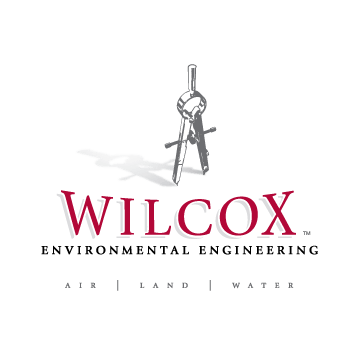At a client’s request, Wilcox developed a mathematical tool for estimating the magnitude and a real extent of groundwater mounding beneath infiltration points associated with Green Infrastructure (GI) features. “Green infrastructure” encompasses a wide range of practices that integrate the natural environment and engineered systems to provide clean water; conserve ecosystems, values and functions; and provide a wide array of benefits to people and wildlife. On the local level, the use of GI is often motivated by the need to reduce stormwater runoff into combined storm/sanitary sewer systems to ease the strain on treatment facilities and reduce sewer-overflow discharges to streams and rivers. These types of GI practices include stormwater management features such as rain gardens, permeable pavements, green roofs, infiltration planters, trees and tree boxes, and rainwater harvesting. Several of these features involve capturing stormwater and diverting it underground via infiltration points. Increases in groundwater levels resulting from focused infiltration has the potential to affect basements, subsurface utilities, and the foundations of nearby structures and can also mobilize existing soil contamination and alter the flow direction of contaminated groundwater. Wilcox developed the groundwater mounding tool to assist in evaluating these potential conditions before GI features are constructed.
Wilcox addressed the complex relationship between infiltration and groundwater mounding by both developing spreadsheet-based analytical models from mathematical solutions and compiling public domain models. The resulting suite of models allows a wide range of common hydrologic and subsurface conditions to be considered in the evaluations. The models require basic knowledge of the hydrologic characteristics of local soils and an estimate of the amount of water that would infiltrate through the GI feature in a given period of time based on the feature’s catchment area and a design storm of a selected magnitude. The models can be used in an iterative, “what if” manner to examine plausible ranges or combinations of conditions.
Wilcox used the tool to examine potential groundwater mounding related to several infiltration-based GI features proposed by a major Indiana City. The models indicated that likely ranges of mounding would not adversely affect nearby structures or extend to known areas of soil and groundwater contamination.
